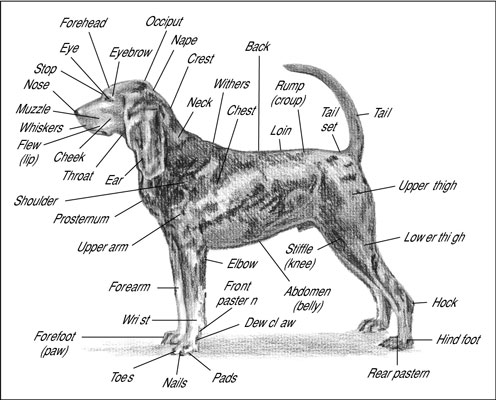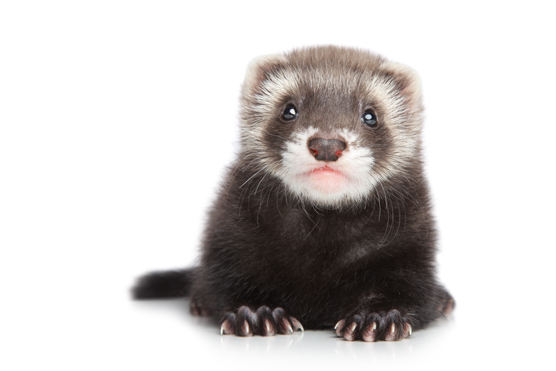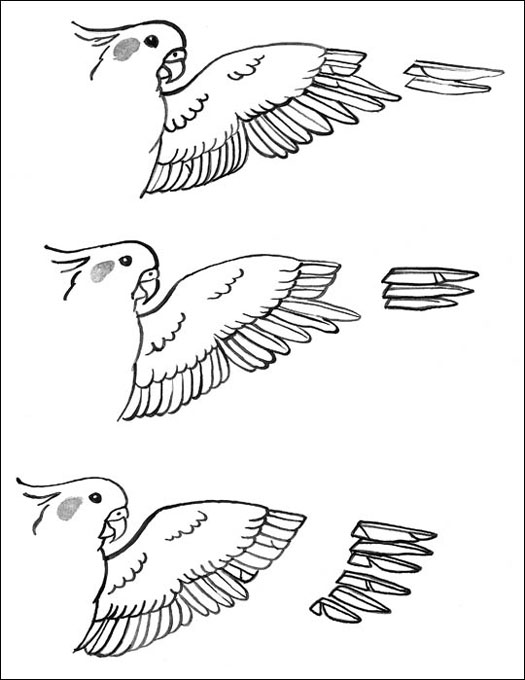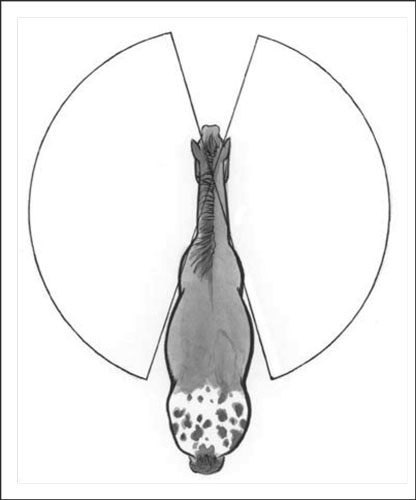約克夏犬:AKC 品種標準
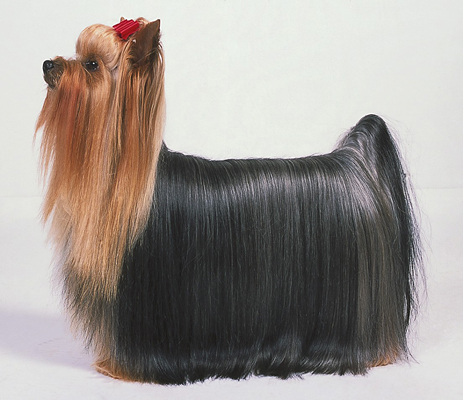
深入了解約克夏犬AKC官方品種標準,包括體型、毛色、外表特徵和展示要求。專業解析幫助您全面認識這個可愛的玩具犬品種。
照顧貓不僅僅需要您對貓科動物朋友的愛。您必須努力了解您可能遇到的與健康相關的問題並為之做好準備。您還需要養成進行預防性護理的習慣,並且您必須準備好(並有能力)在需要緊急護理時將您的貓帶到您的獸醫處。
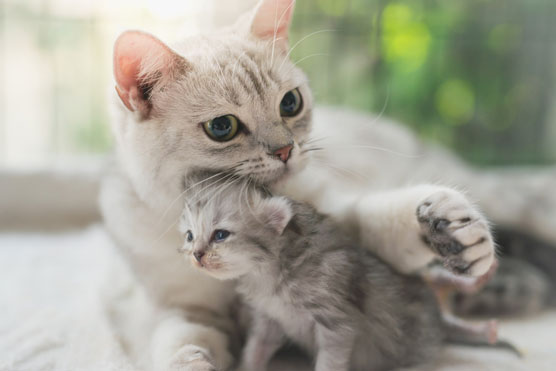
©ANURAK PONGPATIMET/Shutterstock.com
無論您是領養一隻頑皮的小貓還是一隻成年貓,您都希望通過準備好所有必需品來歡迎您的新貓科動物朋友來到他或她的新家。以下列表包含您將小貓帶回家之前需要準備的基本物品。(任何額外的款待或玩具肯定會受到讚賞。)
如果您願意,可以稱它們為“疫苗”,但疫苗接種可以降低貓的傳染病發病率,因此值得高度尊重。小貓的一系列疫苗和貓的年度疫苗仍然被認為是確保貓健康的最佳方法之一。
請注意,除了最初的小貓系列之外,還需要助推器。法律規定了每個州對狂犬病必須遵守的規定。討論您的貓的生活方式,包括她是否被允許外出,或者是否有任何其他可能與其他貓、狗或野生動物互動的方式。這將決定您的貓需要接種哪些疫苗來保護她的健康。
疫苗的工作原理是將少量模擬或含有滅活致病病毒的蛋白質放入您的貓,挑戰她的免疫系統以創造抗病生物。如果您的寵物接觸過實際的疾病,她的系統可以識別它並準備與之抗爭。
偶爾的貓會對疫苗產生“過敏”反應,這種情況通常會很快顯現出來,並由您的獸醫管理。為確保這種非常罕見的並發症不會變得嚴重,請將您的貓關在籠子裡,並在接種疫苗後觀察它 12 到 24 小時。如果您有任何問題或疑慮,請致電或返回給您的獸醫。
關於疫苗的另一個問題:有些貓可能會在註射某些疫苗的部位(通常在肩胛骨之間的區域)患上惡性腫瘤,但是這種並發症的發生率極低。
請記住以下有關疫苗的信息:
對您的貓進行預防性護理 - 就像對您一樣 - 比危機護理更具成本效益,而且從長遠來看,這對您的寵物和銀行賬戶來說都更容易。以下部分為您提供了一些預防性護理指南。
與您的獸醫交談,了解什麼最適合您的寵物。
小貓獸醫護理
成年貓的獸醫護理
成年貓的家庭護理
Cats pick up all kinds of parasites — both internal pests, such as worms, and external ones, such as fleas and ear mites. Your veterinarian may ask you to bring in a fresh stool sample to check for the presence of worms. If parasites are present, the veterinarian can prescribe medication to eliminate them.
Heartworms are something that only dog owners had to worry about previously, but now preventive medication is out there for cats too. What gives?
Cats are at risk for heartworm disease. The confusing news is that much controversy exists over whether the amount of attention given to this problem is good medicine or good marketing. The good news (driving the marketing) is that there is now effective medication that, given monthly, prevents heartworms from living inside a cat’s body.
Does your cat need heartworm prevention medication? Ask your veterinarian. The answer may hinge on your cat’s lifestyle and where you live. No one likes to give unnecessary medications. However, in this case, the cost of not erring on the side of giving medications may be high. Although heartworm infestation is rare in cats, it is also not easily treated. In most cases where heartworms are present in cats, veterinarians choose to not treat and simply let the disease take its course because the risks of treating are high.
Fleas and ticks are more easily treated now with effective medications that may be additionally include compounds to treat other parasites as well. Talk to your veterinarian to find out what’s most effective in your area.
Don’t bother with worming medications sold at pet supply stores; they may not treat the kind of parasites that your cat has. You should have your veterinarian accurately diagnose and treat your cat rather than subject your pet to medication that doesn’t fix the problem. This sort of thing is false economy!
If cats ran the pet-food industry, the recipe for a good, nutritious meal would read as follows:
“Take one small mouse from the freezer. Thaw. Put in blender and purée. Serve at feline body temperature on a clean plate.”
Yuck, you say. That’s probably why you’re going to give your cat a dry food, where the label lists the first five ingredients as corn gluten meal, ground yellow corn, chicken, brewers rice, and wheat flour. Or you’re going to feed him a canned food that lists wheat gluten and brewers rice just a notch or two below turkey.
Rice? Wheat? Corn? What gives? Are cats carnivores or aren’t they? Yes, but not all their needs must be met by animal-based food, as they would in the wild. The commercial pet-food industry has managed to provide a diet with a high percentage of plant material that, nonetheless, keeps an obligate carnivore well fed. This balance of convenience, nutrition, and aesthetics (appealing to both human and feline tastes) has to be considered one of the great marvels of living in a modern age — and it keeps getting better, as our knowledge of nutrition increases.
A lot of different elements (about 60) go into keeping your cat healthy. These nutrients each play a role in keeping your cat’s body functioning well. The following sections explain the most important components of the feline diet.
Protein, essential for a cat’s diet
As part of their animal-consuming design, cats naturally have high protein requirements — more than double the amount per pound of body weight than dogs or humans do. Kittens need even more: about quarter again as much to support their rapid growth into adults.
Protein comes from both animal and plant material, and varies in digestibility. Meat, poultry, dairy products, and eggs are highly digestible to a cat and are therefore high-quality sources of protein; some other parts of animals, such as feathers, beaks, and bones, are not as highly digestible. Grains are somewhere in the middle in terms of digestibility.
Carbohydrates in a cat’s diet
Carbohydrates — sugars and starches — are a source of energy, but not one that cats need in their diets to survive. Of all the ingredients in prepared cat foods, carbohydrates are farthest from what they would acquire naturally.
This is not to say that cats don’t use the carbohydrates in commercial cat foods. Enzymes in cats’ bodies break down and convert the sugars and more complex carbohydrates into products they can use. The fiber in commercial foods serves another function: It aids in keeping waste products moving through the digestive system and helps prevent constipation.
Fats, part of a cat’s diet
As people, we worry endlessly about the amount of fat in our diets, which experts say is too high. But again, we must realize that cats are not people, and their dietary needs are different concerning fats. As such, commercial cat foods have a fairly high percentage of fat.
Fat from animal sources carries essential fatty acids that cats can’t derive from vegetable sources. Fat also is essential for the absorption and movement around the body of certain vitamins, and it also appeals to the feline nose and palate, thus stimulating the desire to eat.
Vitamins cats need
Vitamins are divided into two categories — water-soluble and fat-soluble. Both are important to your cat’s health, and the lack of any of them in your cat’s diet can have dire effects. Water-soluble vitamins include the B vitamins, niacin, panthothenic acid, folic acid, biotin, choline, and vitamin C. Fat-soluble vitamins are vitamins A, D, E, and K.
Oil-based hairball remedies can tie up the absorption of fat-soluble vitamins, which is why you shouldn’t be giving them. They can also lure you into ignoring symptoms of a bigger health issue.
Minerals cats need
Your cat needs minerals, including potassium, magnesium, zinc, calcium, iron, phosphorus, sodium, chloride, and others. Like vitamins, they make up a small part of your cat’s diet, but in the correct amounts, they’re essential for good health.
The important thing to know about vitamins and minerals is that your cat needs the correct amount — but not more. The notion that “if a little is good, a lot must be better” simply doesn’t apply in the case of vitamins — or most other nutrients.
Water and cats
Don’t forget that what your cat drinks is just as important to her well being as what she eats. Water — clean, fresh, and ever-present — is essential to nearly every process of your cat’s body. Because so many cats suffer from chronic dehydration, we recommend a diet high in water, typically canned.
A cat can go without eating for weeks if need be (please don’t test this fact though), but without water, she’ll die in days.
始終確保為您的貓提供水,並通過保持盤子清潔和水新鮮來鼓勵她喝水。有些貓更喜歡自來水,有些貓主人會打開水龍頭給寵物滴水。一些製造商甚至出售不斷循環水的寵物噴泉,讓挑剔的貓科動物看起來很新鮮。
貓需要喝牛奶嗎?完全沒有,儘管在大多數情況下,非常感謝少量的白色物質——除非它們是乳糖不耐症。
深入了解約克夏犬AKC官方品種標準,包括體型、毛色、外表特徵和展示要求。專業解析幫助您全面認識這個可愛的玩具犬品種。
詳細介紹狗的解剖結構,包括鼻子、耳朵、眼睛等部位。了解狗的身體結構和特徵,提升您對犬科動物的認識。
臘腸犬適合您嗎?在您選擇臘腸犬之前,請考慮擁有臘腸犬的優缺點,以便做出明智的決策。
掌握選擇健康雪貂的技巧,並學習如何為寵物保姆提供重要信息,以確保雪貂在您的缺席期間得到最佳照顧。
學會如何修剪玄鳳鸚鵡的翅膀羽毛,根據安全需要調整飛行能力。
在訓練您的小狗時,考慮適合個性、體型和年齡的方向和解決問題的技巧,旨在建立小狗對您及其周圍世界的信心。
查看這些馬匹來源中的每一個——從個人賣家到飼養員再到野馬收養——當您嘗試尋找和購買適合您的馬匹時。
根據您的傑克羅素梗的戶外活動,您應該每月或更短時間給他洗澡,並定期護理以保護他的皮膚和毛髮。
探索非運動犬品種的特徵與健康問題,幫助您了解這些迷人的伴侶犬。
了解馬生活的世界——它們如何通過感官感知周圍的世界——以了解並妥善照顧您的馬。
